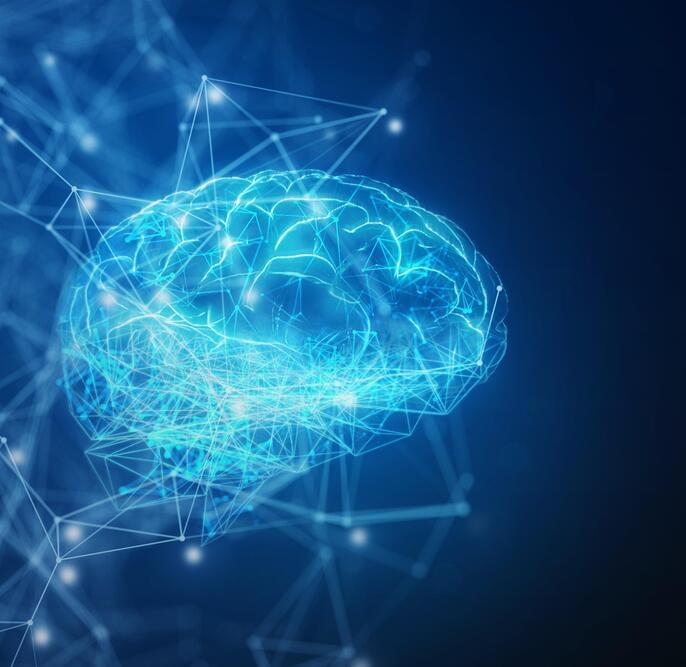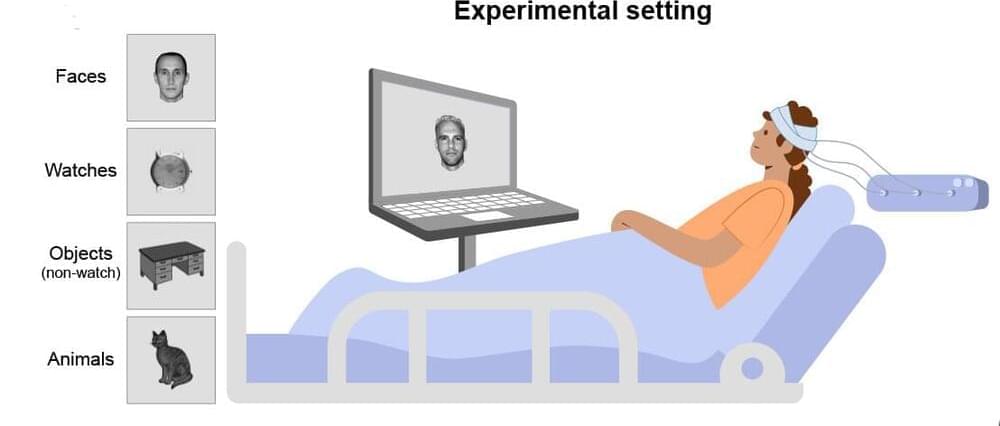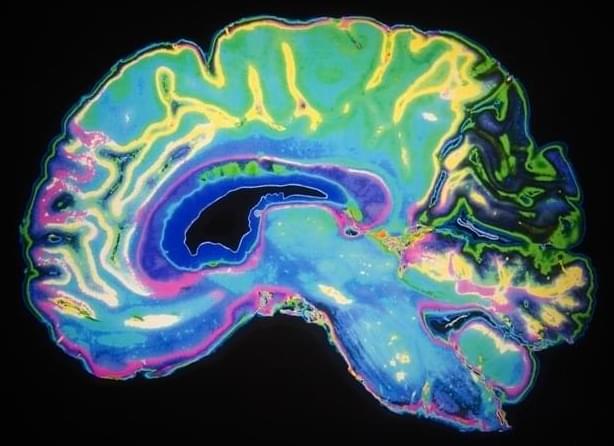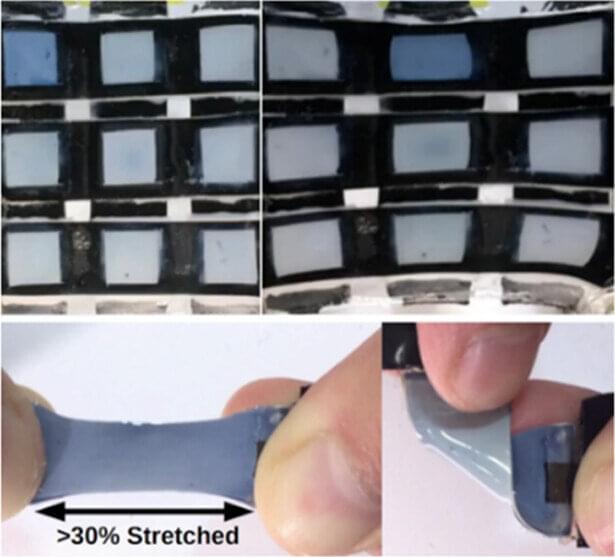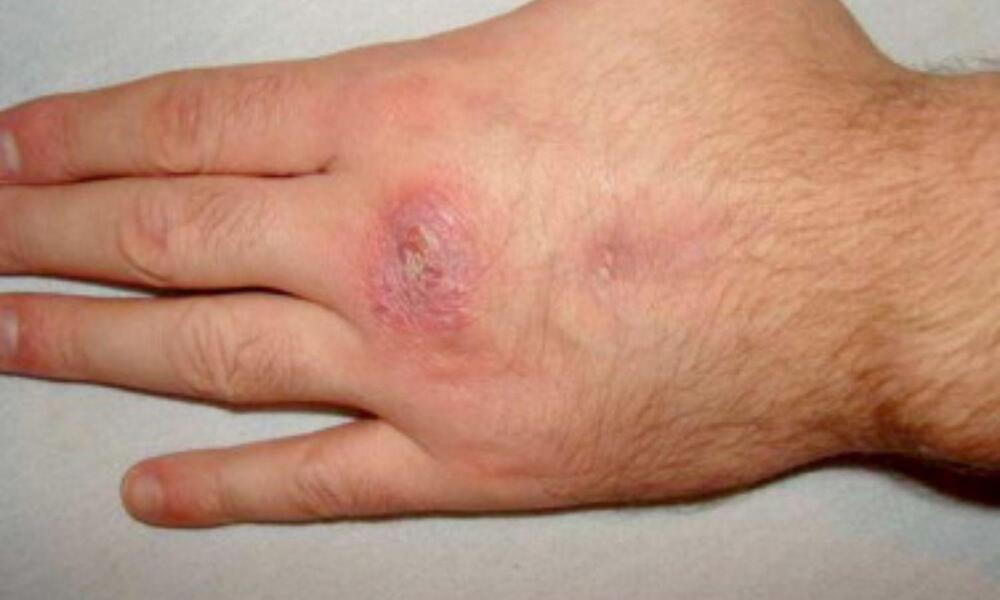Jul 20, 2023
Fossil reveals the unexpected moment a cat-size mammal took on a dinosaur three times its size
Posted by Dan Breeden in category: food
Sometime during the Cretaceous Period, 125 million years ago, a feisty mammal the size of a domestic cat encountered a dinosaur three times its size and thought it looked like a tasty meal.
A fossil unearthed in northeastern China captures the two creatures — a badgerlike animal called Repenomamus robustus and a species of plant-eating dinosaur known as Psittacosaurus — forever locked in mortal combat.
It’s a dramatic instant in time that challenges the idea that the earliest mammals lived in the shadows of dinosaurs, said paleobiologist Jordan Mallon, a research scientist at the Canadian Museum of Nature.

